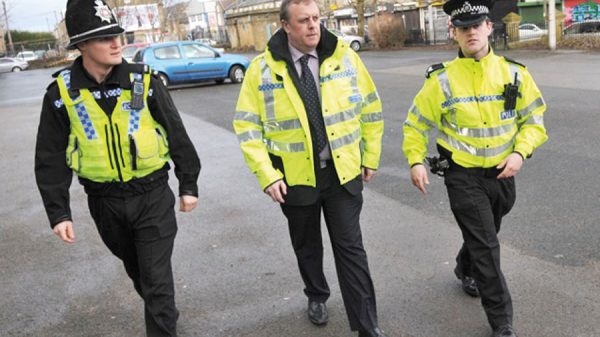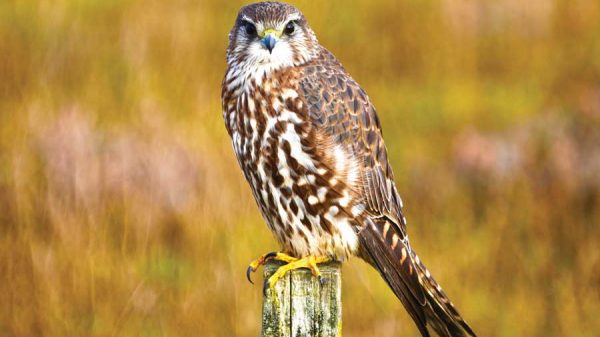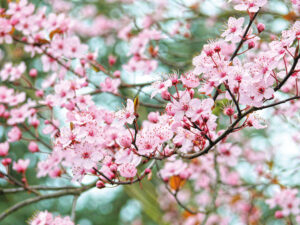The heatwave and drought of summer 2022 has had a major negative impact on some UK butterfly species, a study has confirmed.
The latest results from the annual UK Butterfly Monitoring Scheme (UKBMS) led by Butterfly Conservation, the UK Centre for Ecology & Hydrology (UKCEH), British Trust for Ornithology (BTO) and Joint Nature Conservation Committee (JNCC), show that the extreme weather experienced across much of the UK in the summer of 2022 has had a significant impact on some butterfly species.
The Green-veined White, Small White, Small Tortoiseshell, Peacock and Brimstone, all familiar garden and countryside butterflies, appeared in good or average numbers during the spring and early summer, but numbers in the subsequent generations were greatly reduced following the widespread drought conditions, and scientists fear that there will be similar negative impacts on other butterfly species when they start to emerge in 2023.
Drought impacts the offspring of the butterflies that are flying during the hot dry weather by causing the plants that caterpillars rely on for food to wither and die. Without sufficient food, many caterpillars will fail to survive, leading to lower numbers of butterflies in the next generation. For some of the UK species that have more than one generation in a year, the resulting major decline in numbers has already been seen. However, for others, the next generation isn’t on the wing until this summer, meaning there could be noticeably fewer butterflies around in 2023.
It’s not the first time butterflies have been affected by drought in the UK. Data gathered by the UKBMS has shown serious negative impacts of droughts on butterflies in 1976 and 1995. Some species have never recovered their former abundance levels after the 1976 drought, although habitat destruction is likely to be a major factor in their failure to bounce back.
The difference in 2022’s drought compared to 1976 is that nowadays most UK butterfly species are already in decline. Butterfly Conservation’s recently published State of the UK’s Butterflies 2022 report revealed that 80% of butterflies have declined in abundance, distribution or both since the 1970s. With droughts predicted to become more frequent and severe in the UK as climate change continues, some butterfly species may be pushed towards extinction.
Butterfly Conservation’s Head of Science, Dr Richard Fox, said: “Overall, the data for 2022 tells us that it was an average year for butterflies. However, it was a year of two halves with butterflies seen early and in about average total numbers (compared to the last 10 years) from April – July but then in greatly reduced abundance after the summer heatwave and drought. In general, warm, sunny weather is good for butterflies as they can be active, finding food, mating and laying eggs. But drought is a major problem as plants wither and die, meaning female butterflies may struggle to find anywhere to lay their eggs, or there is not enough food for the caterpillars when they hatch.
“The knock-on effect is fewer butterflies in the following generation. We have already seen an indication of this in the 2022 data for some of those species with a generation that flies in late summer and autumn, and sadly we can expect to see a decline in numbers of other species in 2023 too.”






